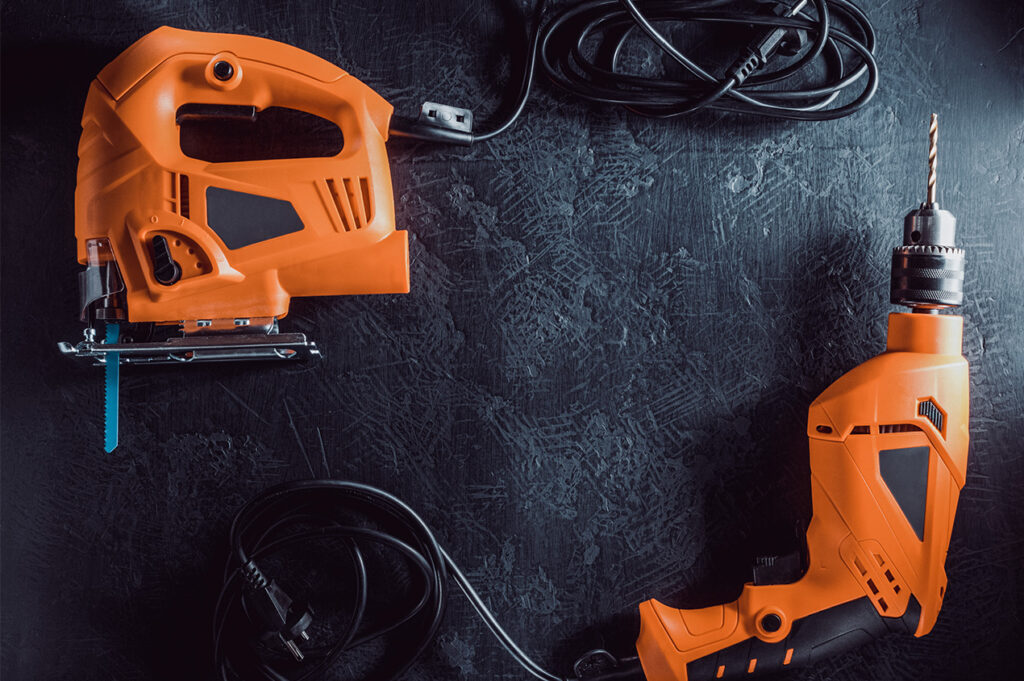
The inspection of power tools (or Revision of electrical tools) is an important service that ensures the safety and proper functioning of electrical tools. During the inspection, the condition and reliability of individual components are checked, as well as the correctness of connections and electrical circuits. The result of the inspection is verification that the tool complies with applicable safety standards and regulations.
Inspections should be carried out regularly in accordance with the law and manufacturers’ recommendations. This service is particularly important in industrial and commercial environments where power tools are frequently used. However, it is also advisable to check power tools regularly in the home, especially if you use them frequently.
Inspection Procedure
The revision of electrical tools involves several steps, such as visual inspection, measurement, and testing. Visual inspection involves examining the tool for visible damage or wear. Measurement focuses on verifying the correct voltage, current, and resistance. Testing is performed using specialized equipment for insulation testing and current testing.
The results of an electrical tool inspection can have several outcomes. The tool may be labeled as “safe to use,” “requires further repair,” or “unsafe and unfit for use.” If any deficiencies are found, it is important to carry out the necessary repairs or replacements in order to maintain safety.
Electrical tool inspection helps minimize the risk of accidents and damage, as well as prevent potential problems that could lead to breakdowns or malfunctions. Don’t neglect this service and always make sure your electrical tools are in good condition and safe to use.
Frequently Asked Question (FAQ)
It ensures work safety, prevents electric shock injuries, and is required by occupational safety regulations and legal standards.
The revision of electrical tools is governed by Decree No. 508/2009 Coll. of the Ministry of Labour, Social Affairs and Family of the Slovak Republic, which sets safety requirements for technical equipment.
The inspection frequency depends on the type of tool and its usage – in most cases, inspections are required every 6 or 12 months, or after any extraordinary event (e.g. drop, water exposure).
Only a qualified inspection technician with valid authorization under Decree No. 508/2009 Coll.
Visual inspection, insulation measurement, protective conductor check, and functional testing.
Risk of electric shock, fire, workplace injury, and fines from labor inspection authorities.




